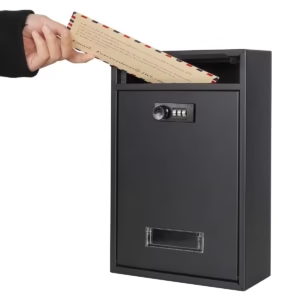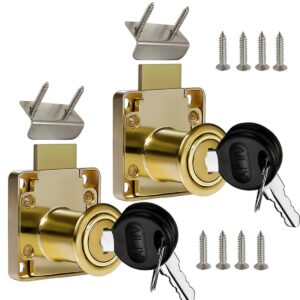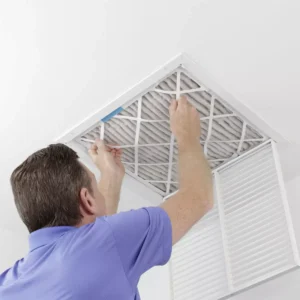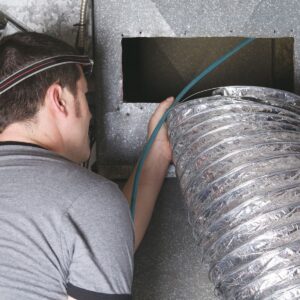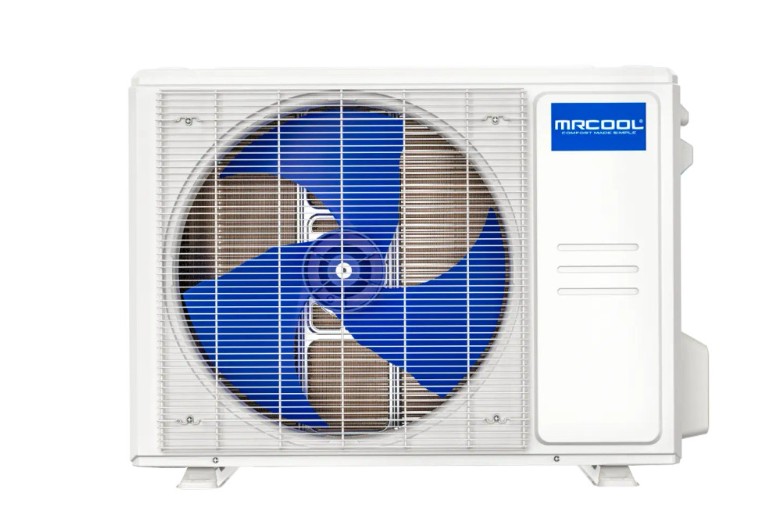
A heat pump condenser plays a crucial role in modern heating and cooling systems. Without it, your heat pump cannot effectively transfer heat, which means your home won’t stay comfortable. Understanding how it works helps you maintain your system and improve energy efficiency. Let’s explore the essential facts about heat pump condensers, their function, and why proper care matters.
What Is a Heat Pump Condenser?
In simple terms, the heat pump condenser is a heat exchanger. It allows heat to release from the refrigerant into the outside air during cooling. When the system runs in heating mode, the condenser functions differently, absorbing heat from outside air to warm your home.
This dual ability makes heat pumps unique. The condenser is typically located outside the building, either as part of an outdoor unit or integrated into the system design. Its main task is to switch the refrigerant between gas and liquid states, allowing heat transfer.
How Does a Heat Pump Condenser Work?
When your heat pump is cooling, the refrigerant absorbs heat from inside your home. It then travels to the condenser, where it releases heat outside. The condenser fan blows air over the coil, helping the refrigerant cool and condense back into liquid form.
Conversely, in heating mode, the process reverses. The condenser absorbs heat from outdoor air, even when it’s cold, and transfers it inside. This is possible due to the refrigerant’s properties, which allow it to absorb heat at low temperatures.
Components of a Heat Pump Condenser
The condenser consists of several vital parts:
- Coils: Usually made of copper or aluminum, these tubes carry refrigerant and allow heat transfer.
- Fan: It circulates outdoor air across the coils to aid heat exchange.
- Compressor (nearby): While technically separate, it works closely with the condenser to pressurize refrigerant.
Each component must function well for the heat pump to operate efficiently.
Why Is the Heat Pump Condenser Important?
The condenser impacts system efficiency and performance. If it doesn’t release or absorb heat properly, your heat pump will work harder. This leads to increased energy consumption and higher utility bills.
Besides efficiency, a well-maintained condenser extends your system’s lifespan. Dirt, debris, or damage can reduce heat exchange effectiveness. Therefore, regular inspection and cleaning are critical.
Common Issues with Heat Pump Condensers
Several problems can arise, affecting performance:
- Dirty Coils: Dirt blocks airflow and reduces heat transfer.
- Damaged Fins: Bent or broken fins hinder airflow.
- Fan Problems: Malfunctioning fans prevent adequate air movement.
- Refrigerant Leaks: Low refrigerant reduces heat transfer efficiency.
Addressing these issues quickly prevents costly repairs and downtime.
Maintenance Tips for Heat Pump Condensers
Maintaining your condenser is simpler than many think. Here are effective tips:
- Clean the coils regularly using a soft brush or coil cleaner.
- Remove leaves, dirt, and debris from around the outdoor unit.
- Straighten bent fins carefully with a fin comb.
- Ensure the fan is working correctly and replace damaged blades.
- Schedule annual professional inspections to check refrigerant levels and overall system health.
By following these steps, you keep your heat pump running efficiently throughout the year.
Energy Efficiency and Environmental Benefits
Heat pumps are known for being energy efficient. The condenser contributes directly to this by ensuring heat transfer happens with minimal energy loss. Using a well-maintained condenser reduces your carbon footprint by lowering electricity consumption.
Additionally, many newer models come with environmentally friendly refrigerants. This change supports cleaner air and reduces harmful emissions.
Choosing the Right Heat Pump Condenser
When selecting a heat pump or replacing a condenser, consider the following:
- Size and capacity appropriate for your home’s heating and cooling needs.
- Durability and corrosion resistance, especially in harsh climates.
- Compatibility with your existing system.
- Energy efficiency ratings, such as SEER (Seasonal Energy Efficiency Ratio).
Choosing the right condenser prevents future issues and maximizes comfort.
Signs You Need to Replace Your Heat Pump Condenser
Knowing when to replace a condenser saves money in the long run. Look for these warning signs:
- Frequent system breakdowns.
- Noticeable increase in energy bills.
- Poor heating or cooling performance.
- Excessive noise from the outdoor unit.
- Visible damage or rust on the condenser coil.
Consult an HVAC professional if you observe these signs to explore repair or replacement options.
Final Thoughts
The heat pump condenser is vital for your system’s efficiency and reliability. It handles the important task of heat exchange in both heating and cooling modes. Proper maintenance keeps the condenser in good condition and ensures your comfort all year.
Neglecting it results in higher energy bills, discomfort, and potential damage. Regular cleaning and inspections are essential steps every homeowner should follow.
Looking to improve your system’s efficiency? Contact our experts today for a thorough heat pump condenser checkup and maintenance. Keep your home comfortable with a well-functioning heat pump condenser!
